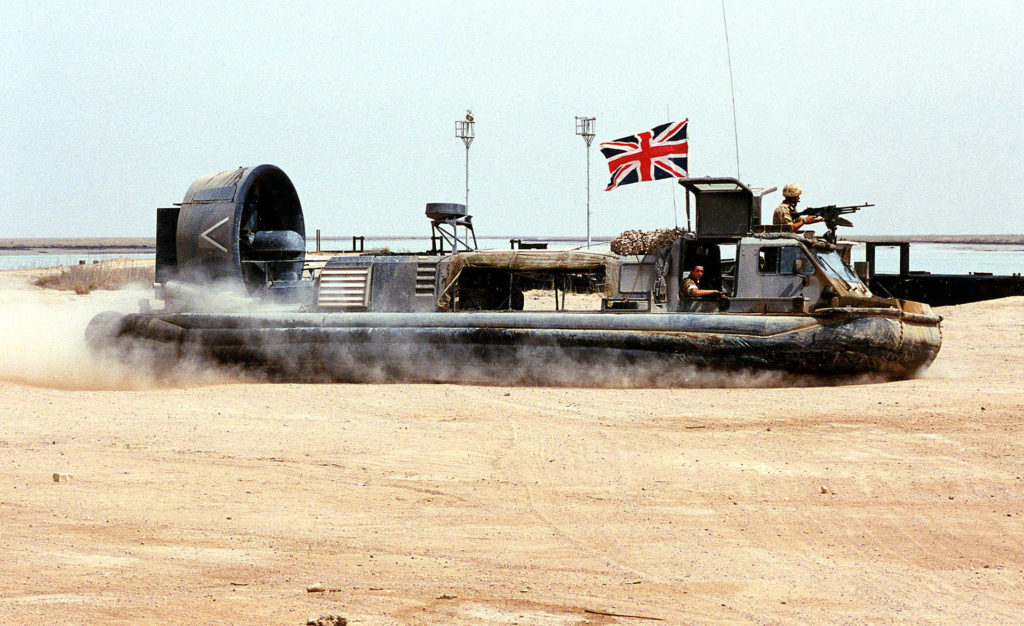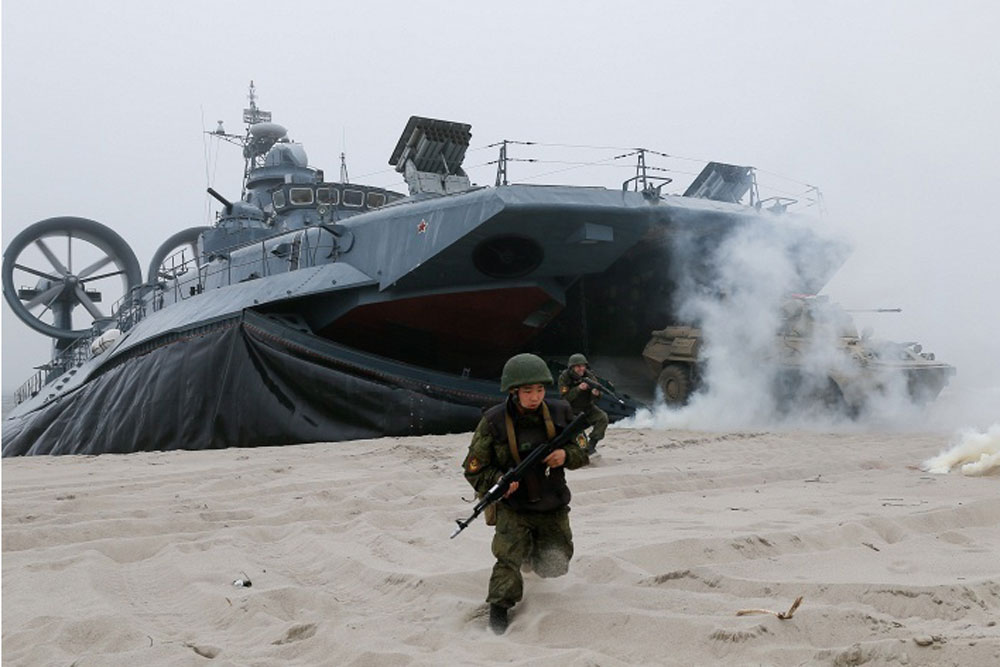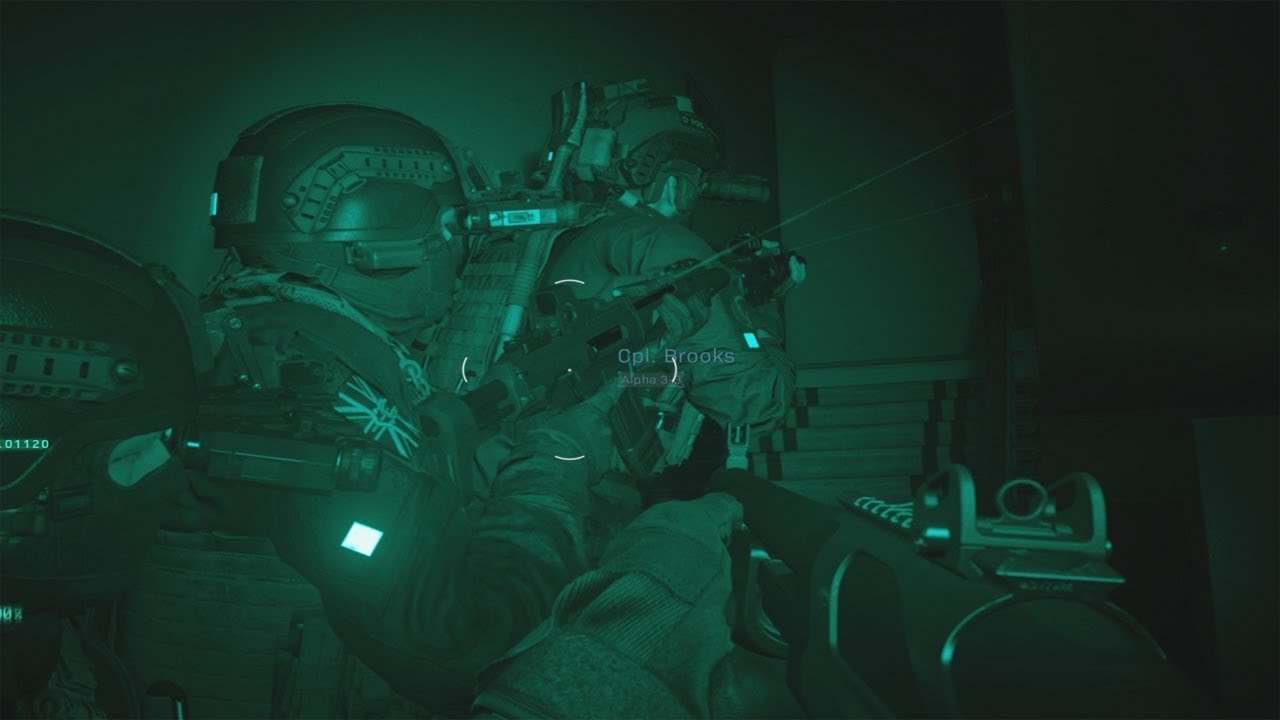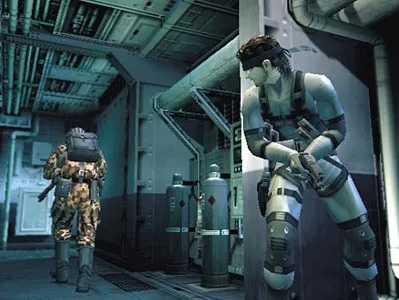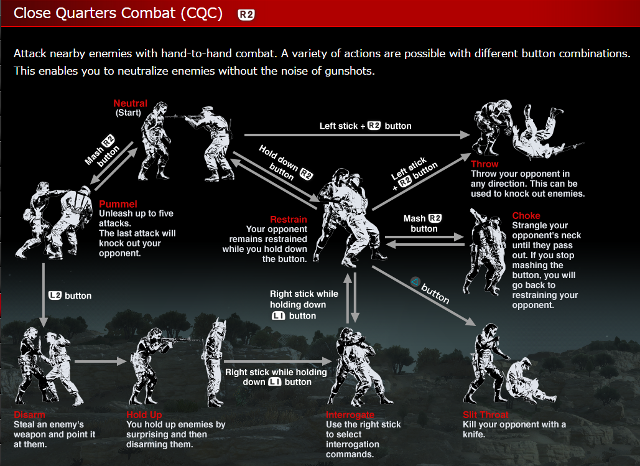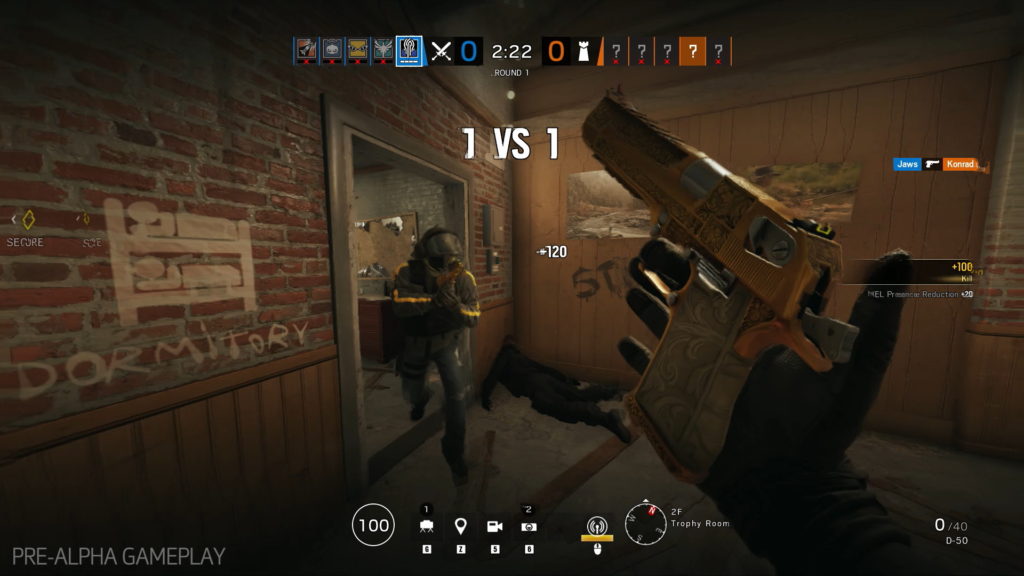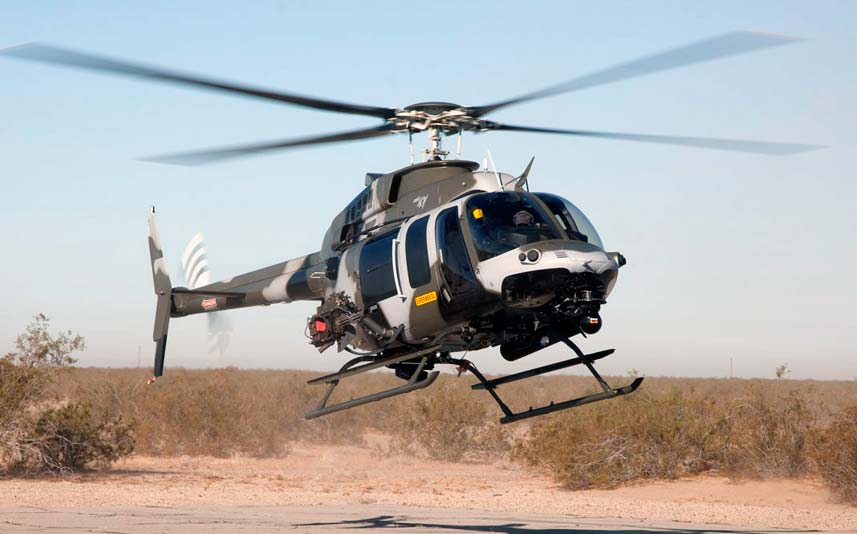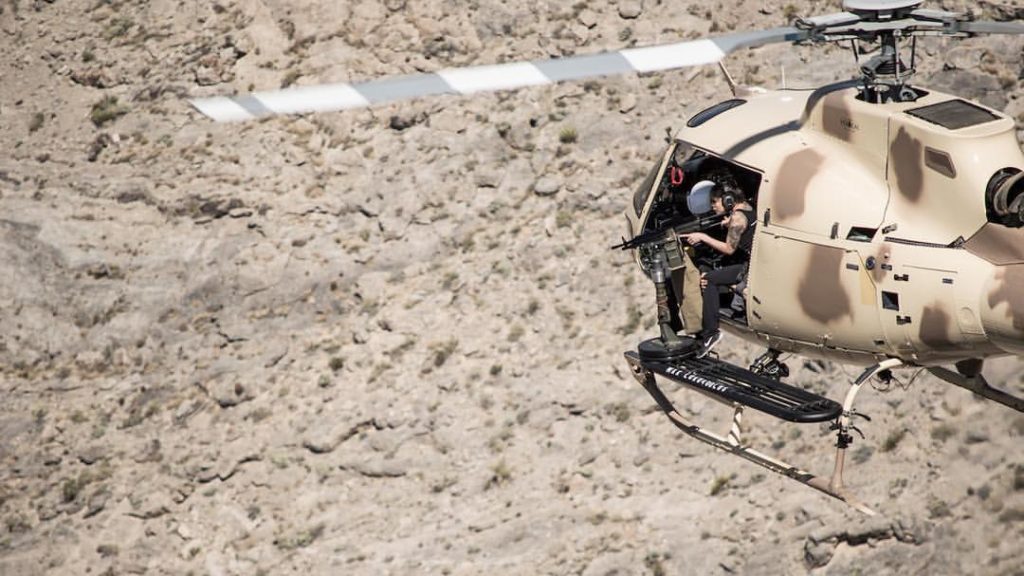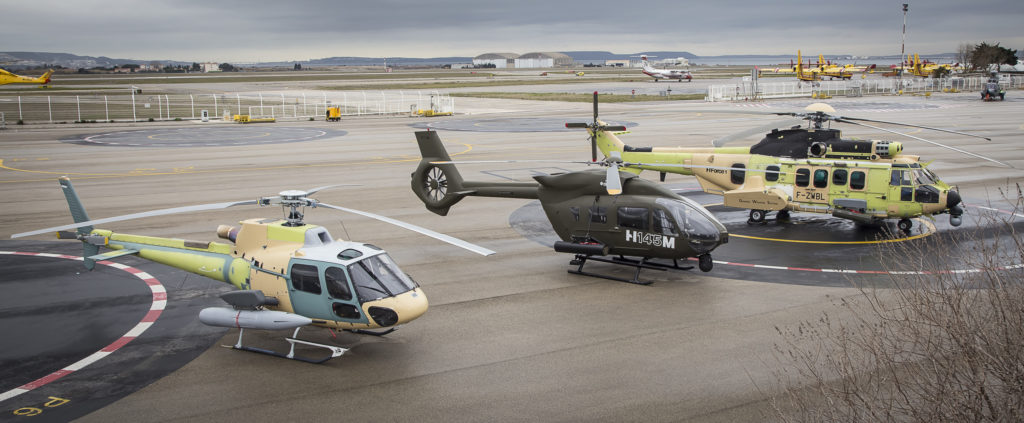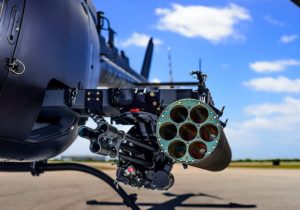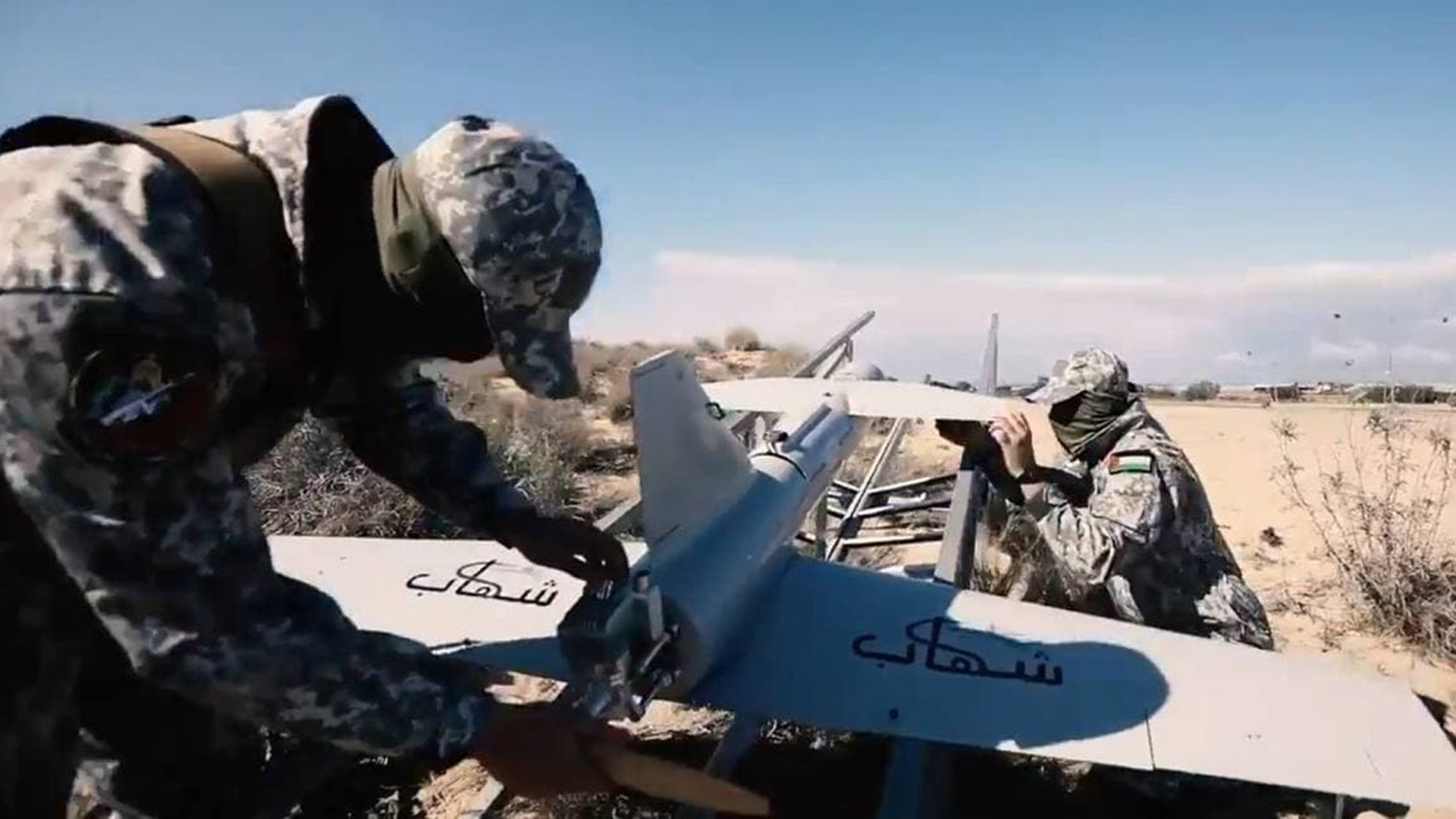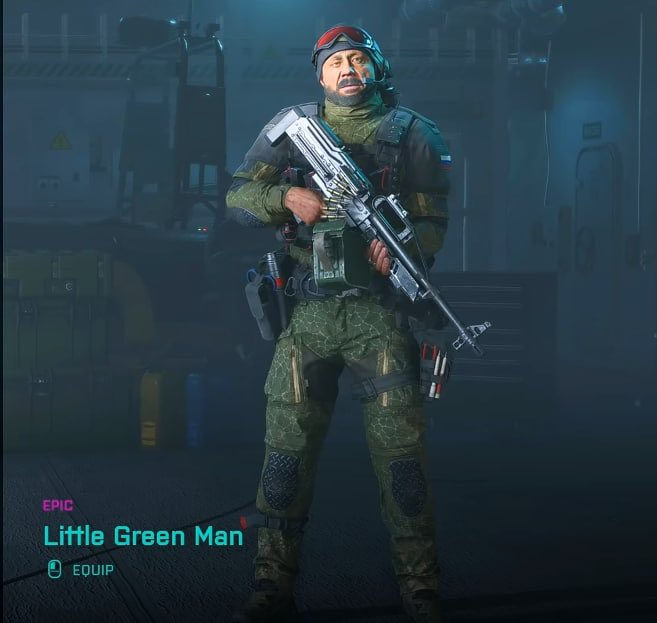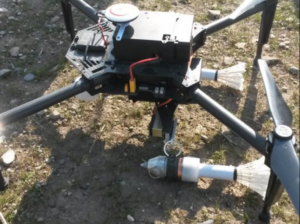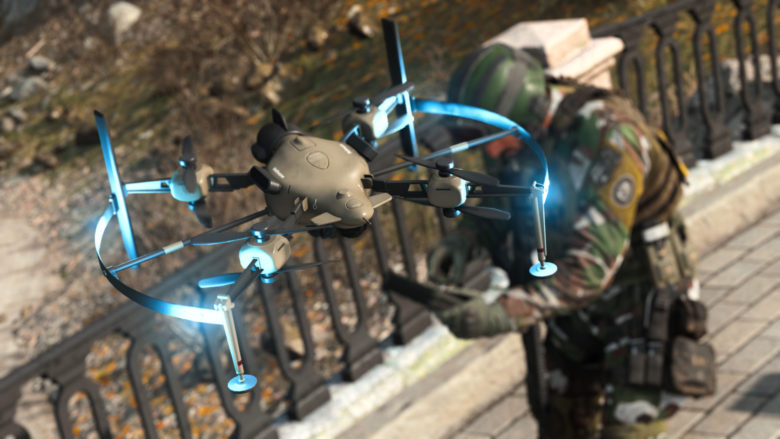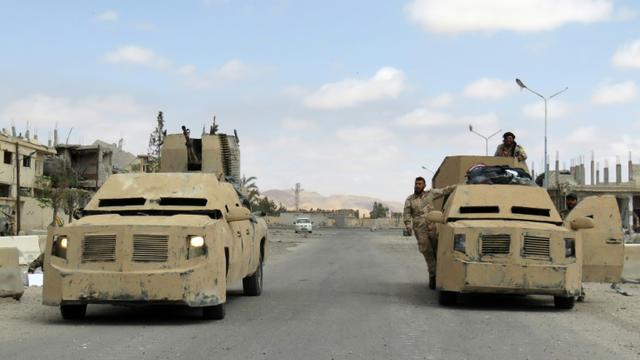Neither assault rifles nor submachine guns, “PDWs” are regularly misunderstood as to their true nature. And this is especially the case for the Pop-Culture, which uses them excessively because of their compact and futuristic look. So let’s try today to break some clichés about these very particular weapons…
Illustration above: an H&K MP7 equipped with a Navy Seals operator.
Origins of the concept
Since the appearance of firearms, certain categories of soldiers, such as sailors or horsemen, wanted to have weapons with sufficient stopping power and range, while being compact enough to adapt to confined spaces. At the end of the 19th century, the first “rifles” appeared with this in mind, lighter and shorter versions of the regulation weapons in the infantry.
During the First World War, trench warfare also showed that semi-automatic pistols, as well as the first Submachines Guns were largely insufficient in close combat, because their calibers were not powerful enough.
During the inter-war period, several countries worked on compact but powerful personal defense weapons (or PDW) for their gunners, tankers, motorcyclists or radios. The first successful model is considered to be American: the rustic and reliable American M1 Carbine, released in 1938, will be withdrawn from service after the Vietnam war…
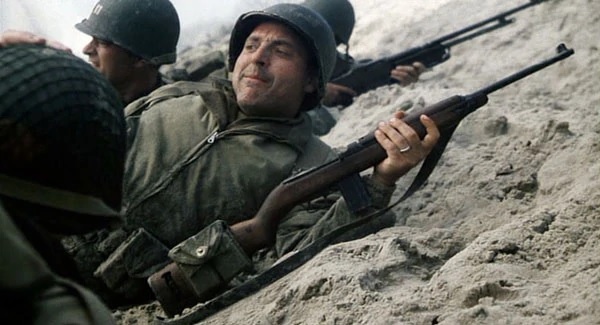
Towards a renaissance of the concept: the APDW project
At the end of the 1990s, aware of the shortcomings of its 9mm parabellum, NATO launched a call for tender called APDW (for Advanced Personal Defense Weapon). It concerns a new caliber, which must be able to pierce ballistic protections and helmets at a distance of 200 m, but also the weapons capable of firing it, which must have a compact design close to the SMG.
Only two manufacturers will take up the challenge:
- The Belgian FN Herstal who presented in 1991 the 5.7 x 28 mm ammunition, whose penetration force is particularly astonishing considering its size, and which is intended to be fired by two emblematic weapons: the P90, with its futuristic shapes and unique engineering (since it is loaded from above with a plastic magazine where the ammunition is stored vertically) and the no less famous “Five Seven”, the pistol of the Secret Service, but above all of Sam Fischer !
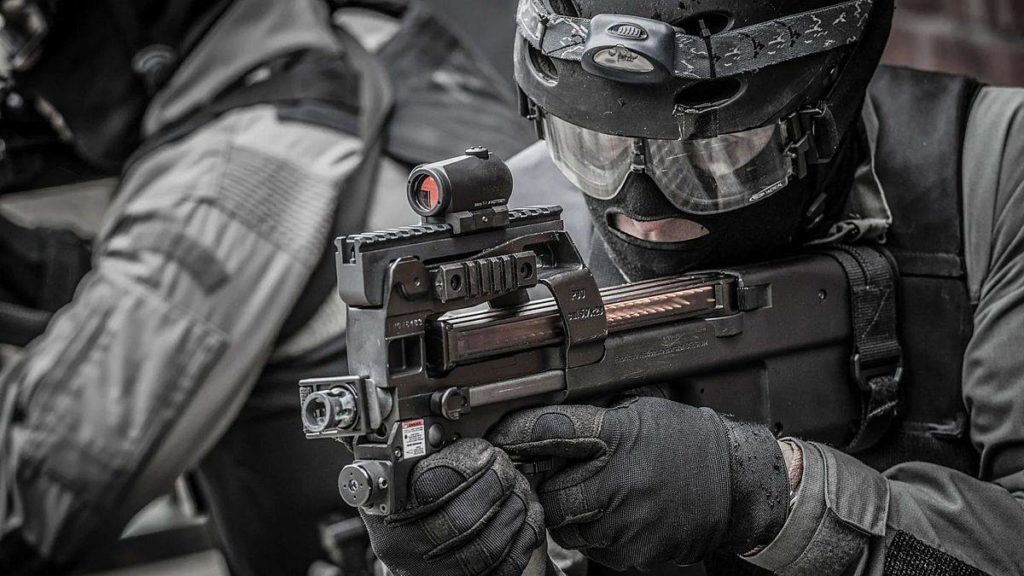
- The German Heckler & Koch which reveals in 2001 the 4,6 x 30 mm caliber, intended to be fired by the very compact MP7, which makes a massive use of polymers and technologies widely tested in the previous models of the brand.
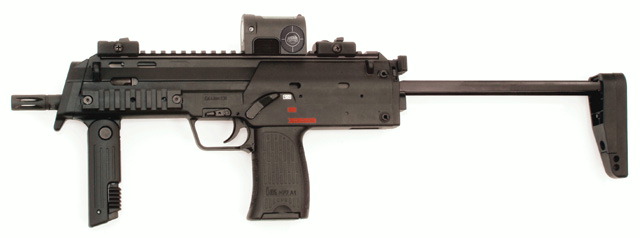
In both cases, they are complex ammunition to manufacture (they are in fact miniature replicas of assault rifle calibers). They are therefore rare and expensive !
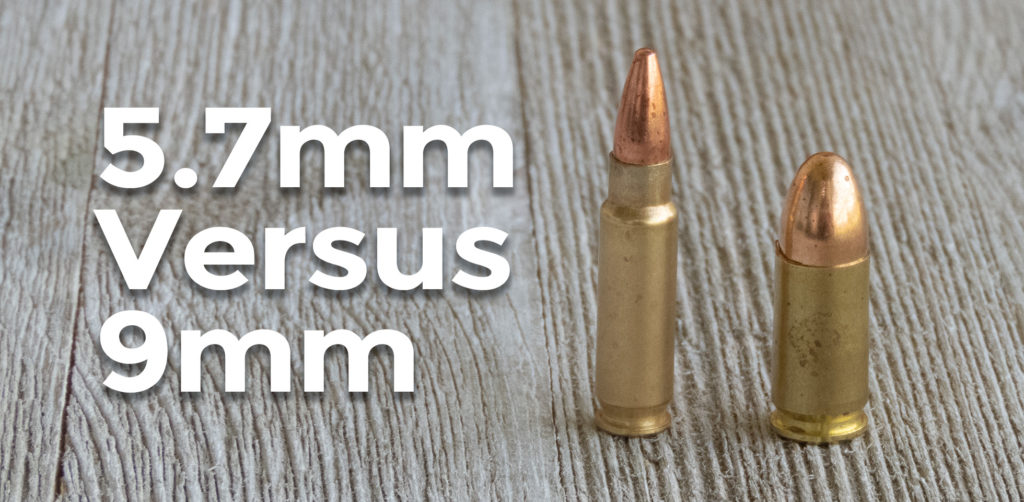
A specific concept ignored by video games
Curiously enough, modern PDWs have “missed the mark” and have never been used extensively by Western armies. On the other hand, they are widely used by special forces, intervention units and close protection actors.
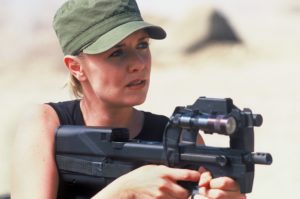
For the others, SMGs and pistol calibers have become the standard, despite their shortcomings. Several versions of extremely compact assault rifles have also been added in recent years, and all of them use and abuse the name “PDW” as a marketing argument.
This is also the case in video games. If the P90 is a Must-have of most modern Shooters and FPS, it is most often put in the SMG category, which it is not. One could for example imagine that its use could be made more authentic by simple balancing, including :
- Superior penetration capability on enemies equipped with ballistic protection ;
- Recharging time made longer by the specificity of the charger and a particular gesture ;
- A limited number of ammunition and difficult to find (you can’t find 5.7 on the battlefields).
In any case, it is regrettable that pop-culture in general, and video games in particular, don’t bother to learn more about the specificity of certain categories of weapons such as PDWs or shotguns, despite their stated objectives of realism and authenticity. This would result in games that are just as much fun, but that also integrate the notions of specialized weapons to fulfill specific missions.
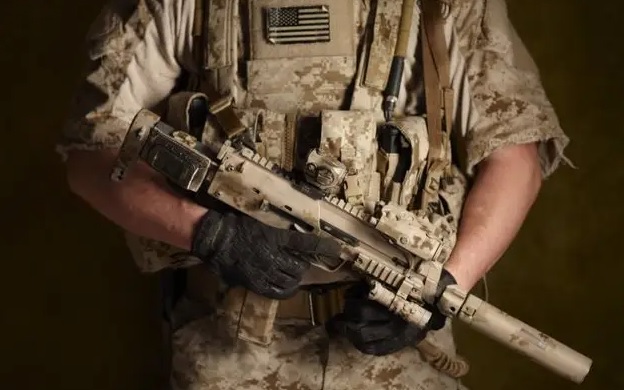
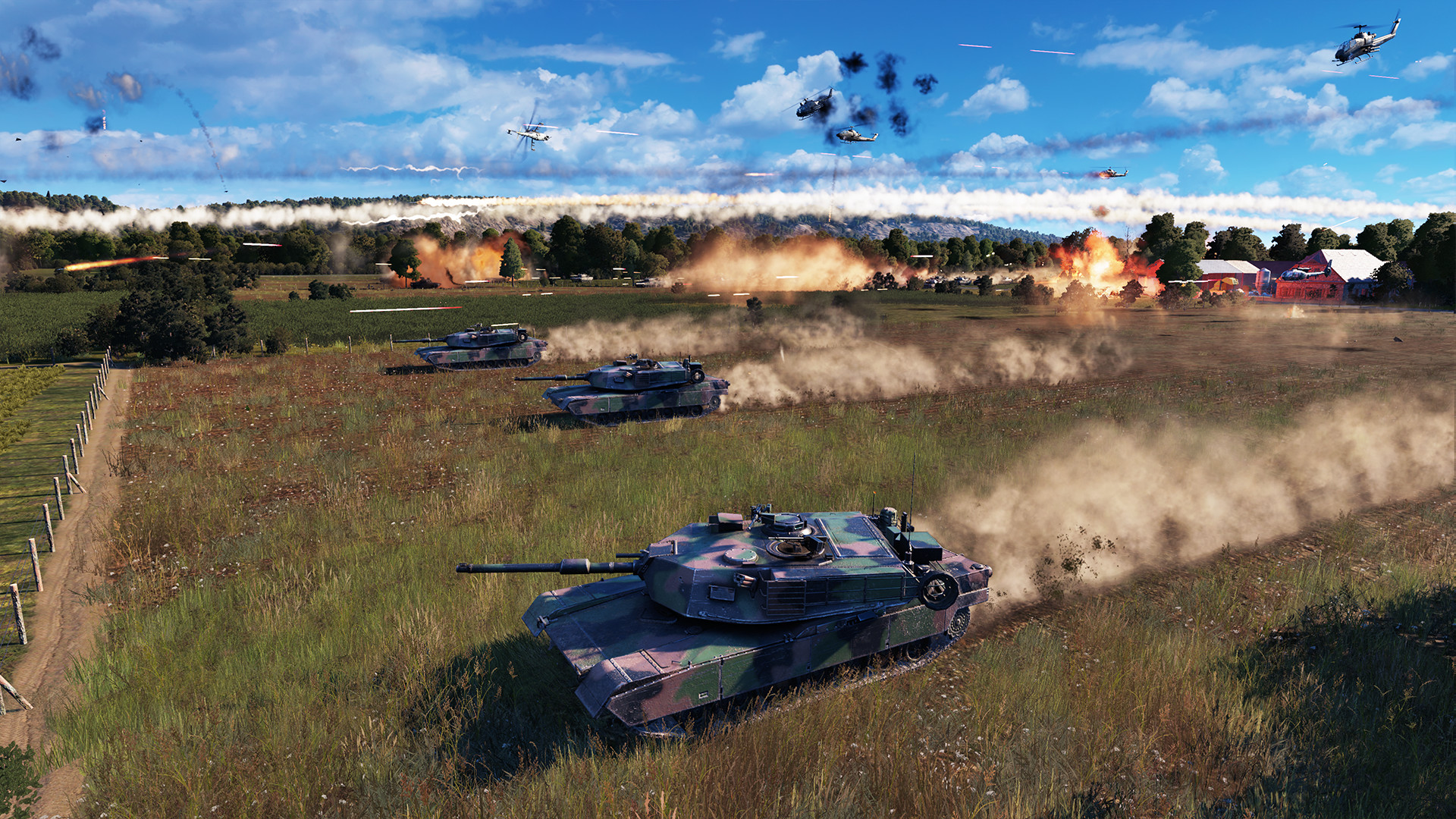
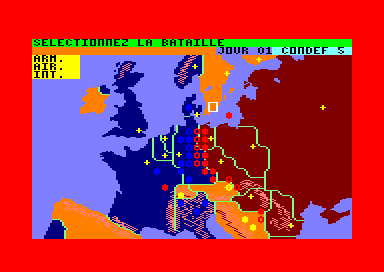
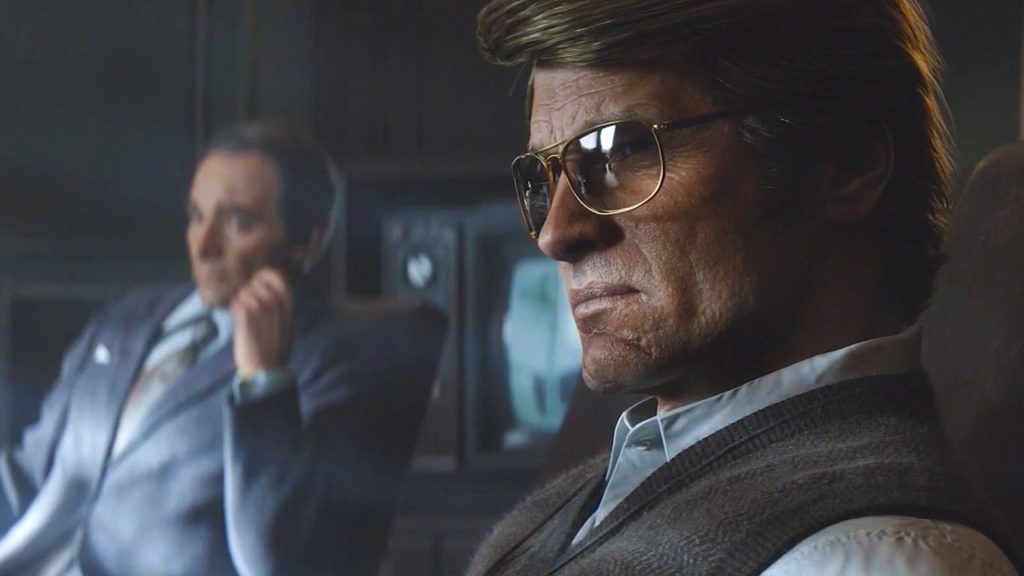
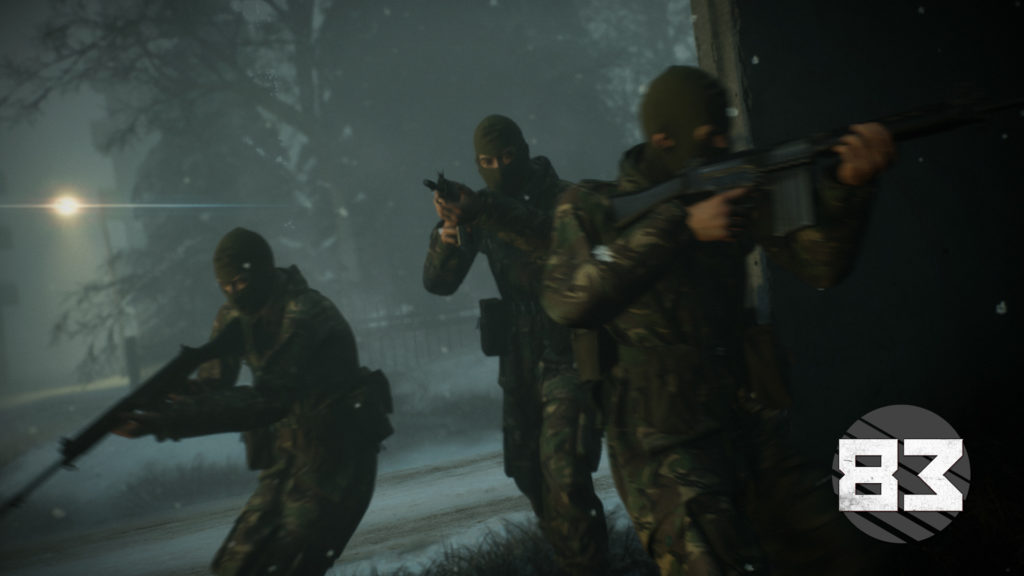
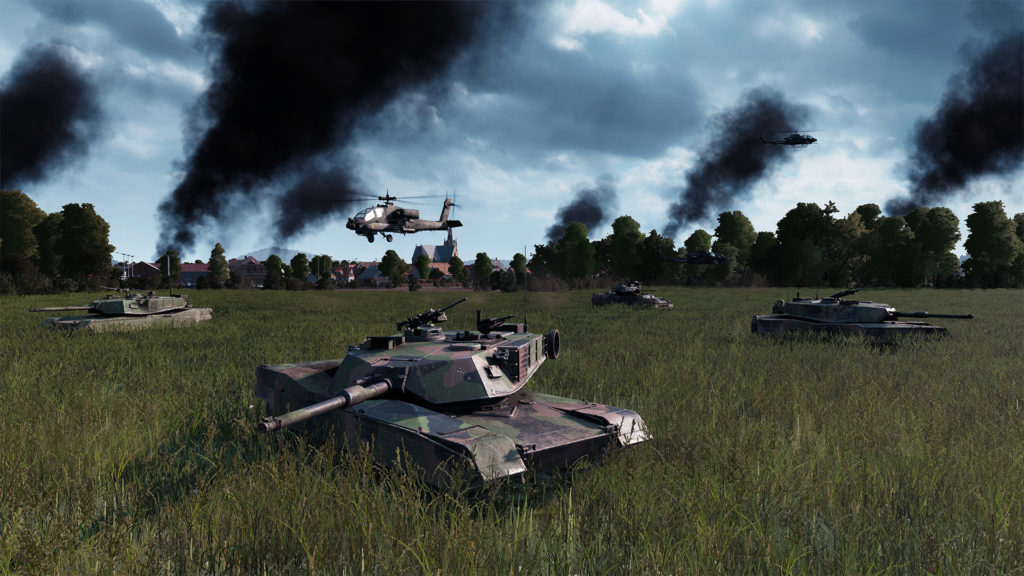
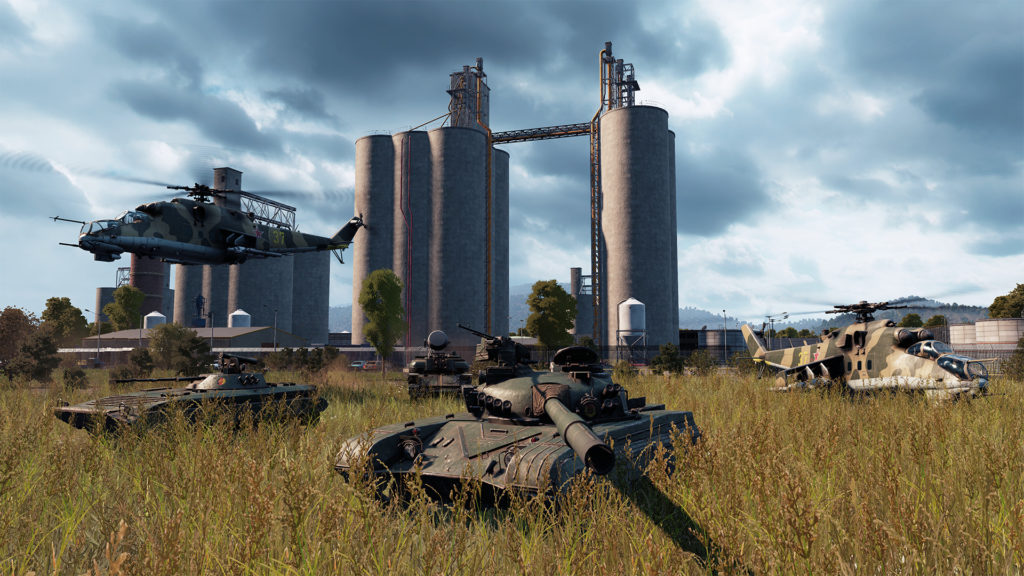
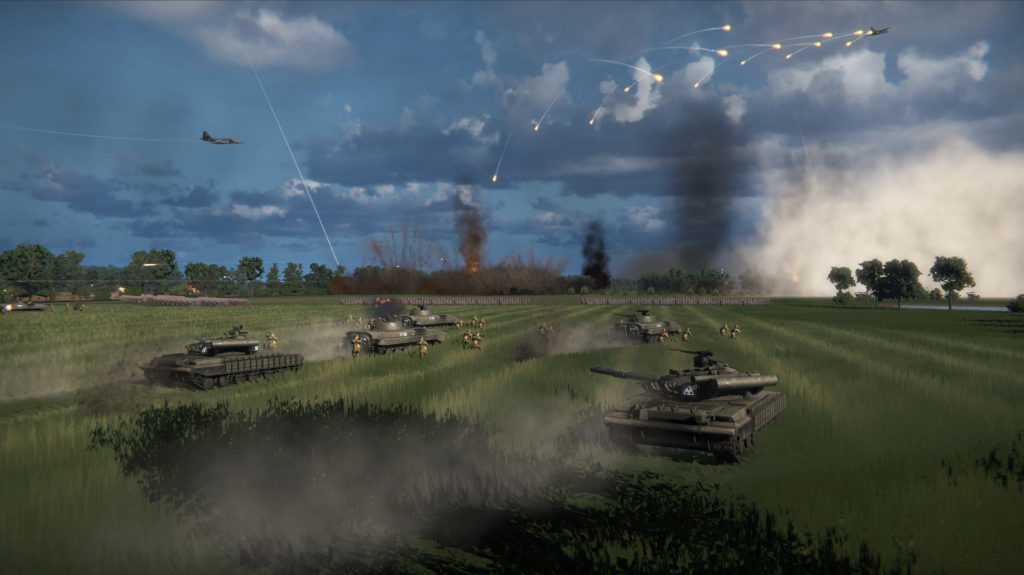
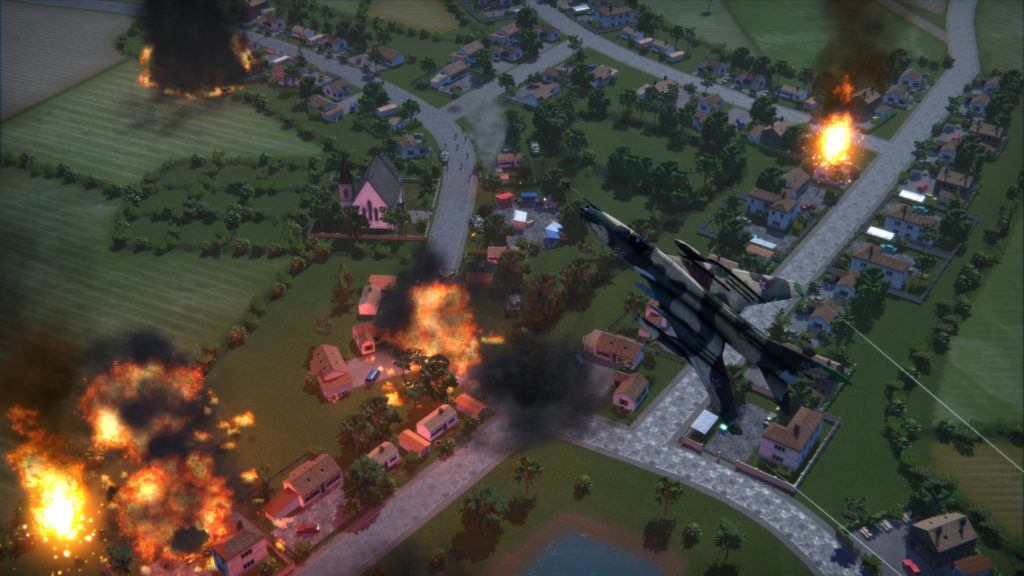

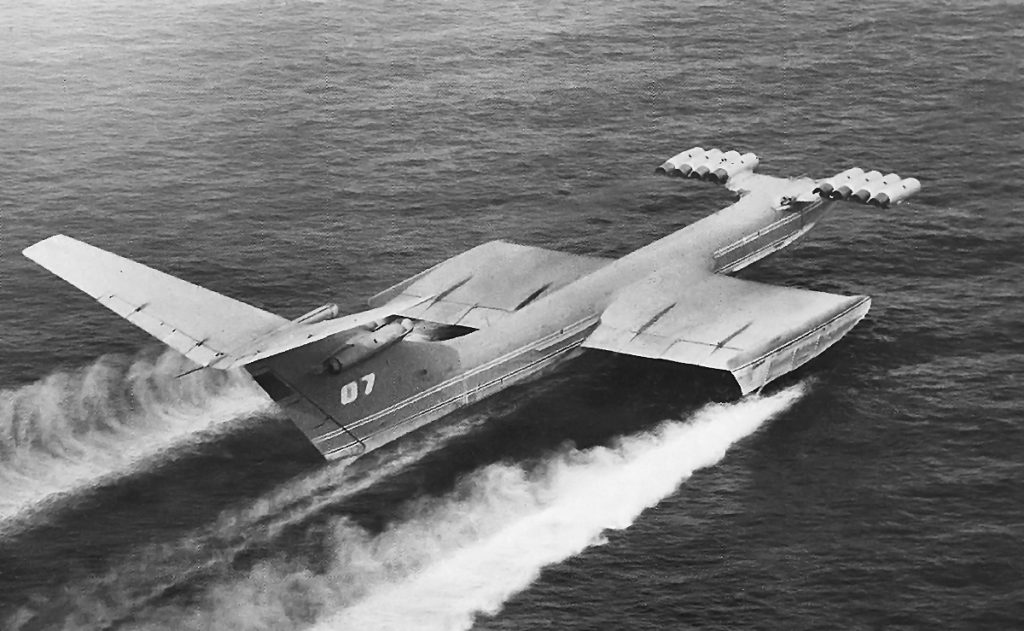
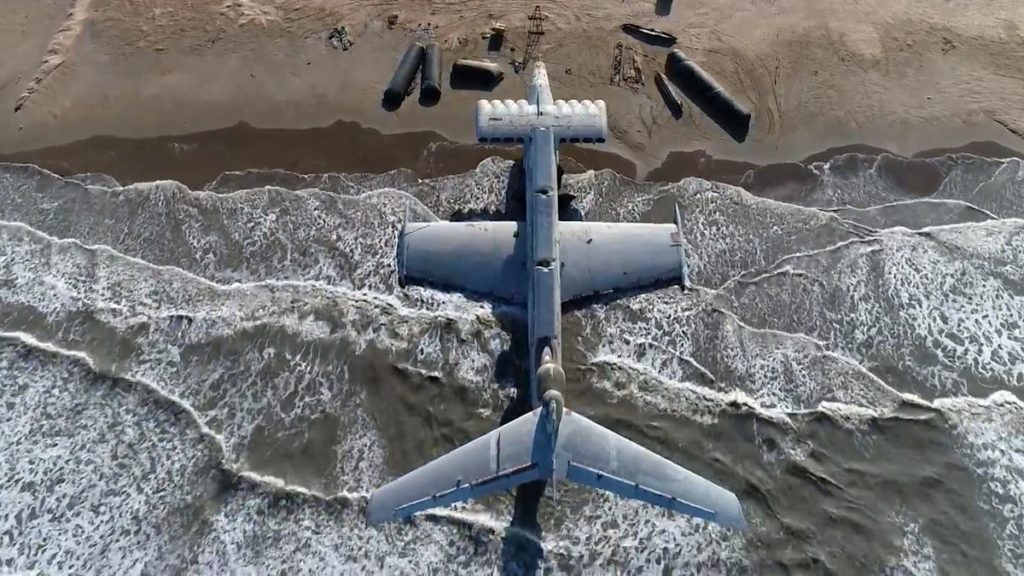
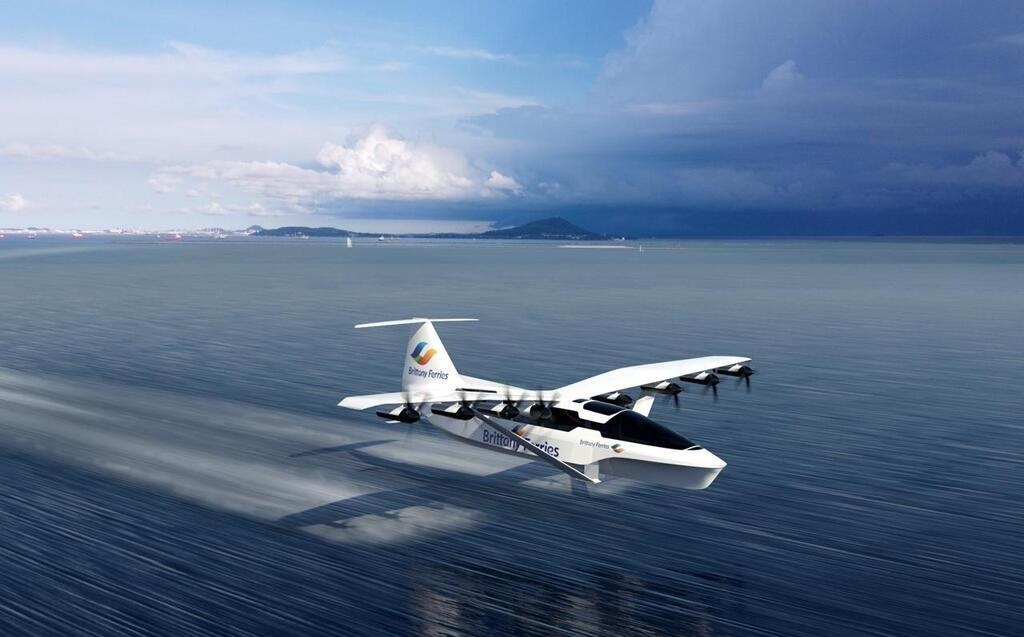
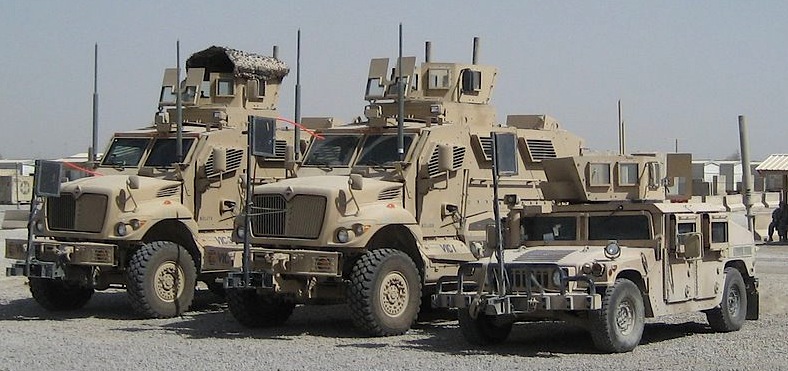
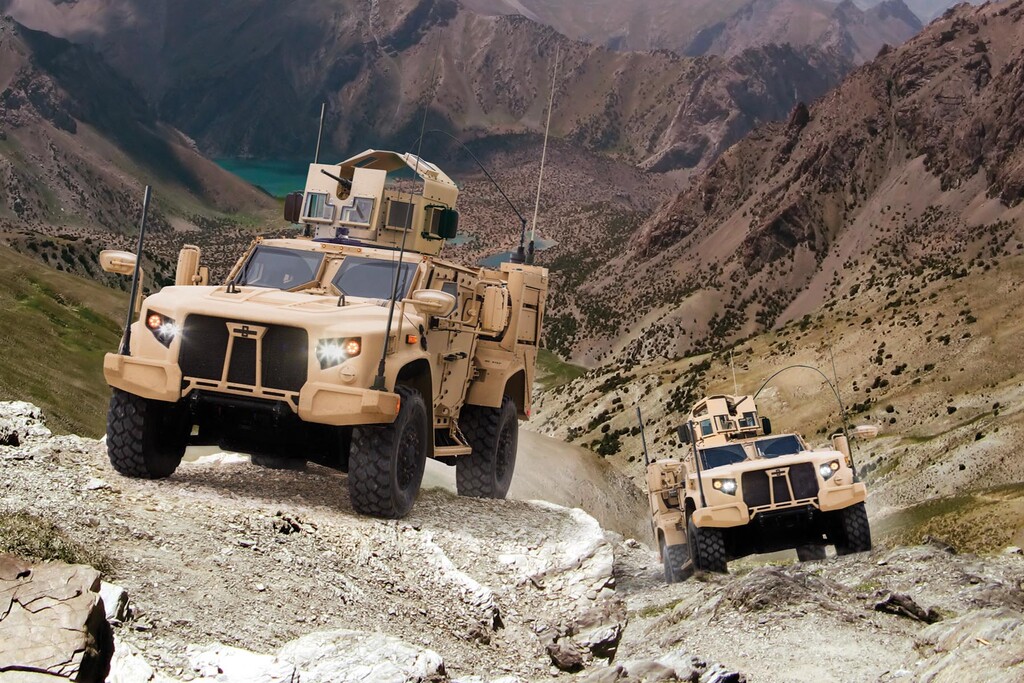
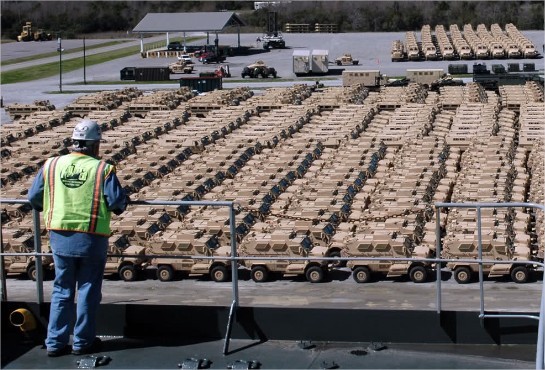
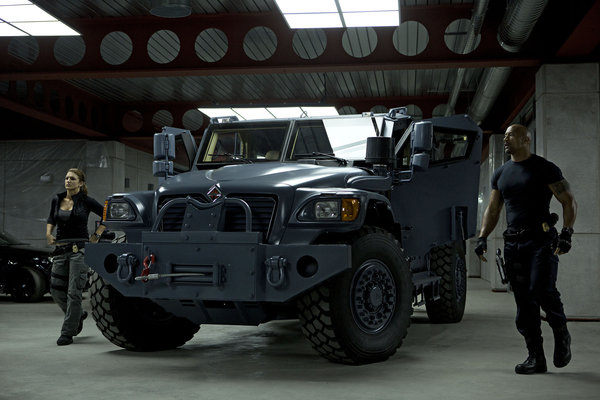
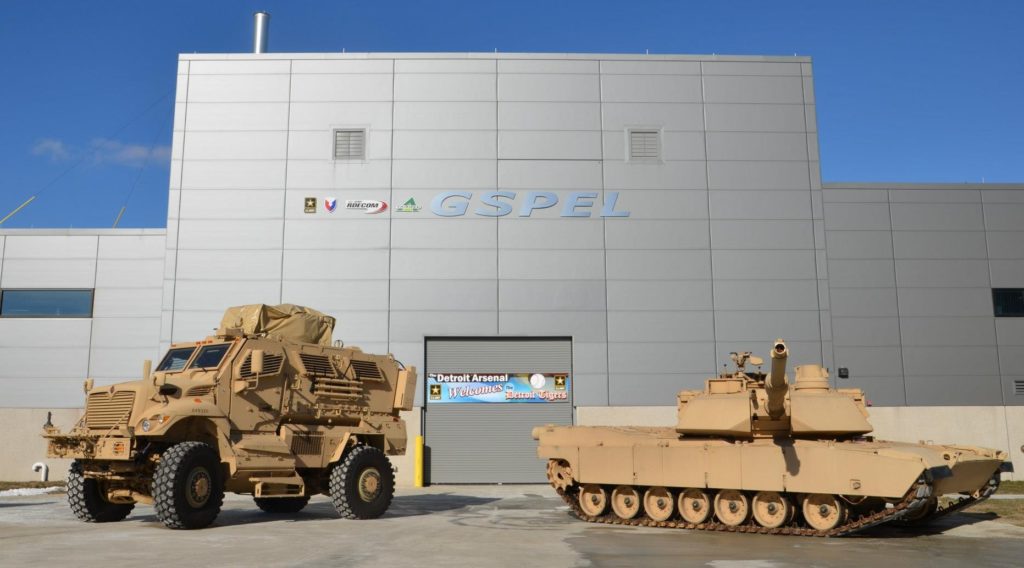
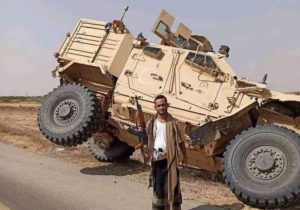

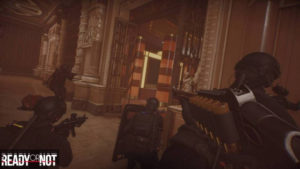 Logically enough, the mission starts with the equipment sequence. Here again, the choice of anchoring the mission in the reality of SWAT is striking: in RoN, there are no useless or crazy gadgets: we are dealing with classic equipment, which can be found in any American police station and which is perfectly tested..
Logically enough, the mission starts with the equipment sequence. Here again, the choice of anchoring the mission in the reality of SWAT is striking: in RoN, there are no useless or crazy gadgets: we are dealing with classic equipment, which can be found in any American police station and which is perfectly tested..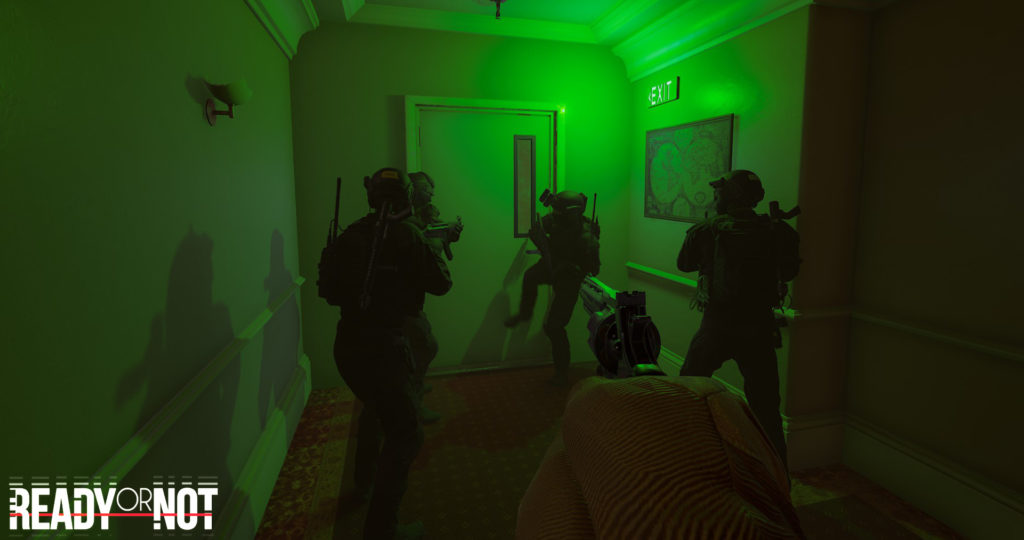
 We can also see that even if the game is not graphically perfect (it is still in beta), it is generous and authentic. The dark environments also force you to use all the light tools at your disposal (light intensifier, sticks, relevant use of the tactical lamp). And above all, its intransigence is a real challenge, which pushes the players to excellence as could do, for example, the episodes Rogue Spear or Raven Shield of the RAINBOW 6 series.
We can also see that even if the game is not graphically perfect (it is still in beta), it is generous and authentic. The dark environments also force you to use all the light tools at your disposal (light intensifier, sticks, relevant use of the tactical lamp). And above all, its intransigence is a real challenge, which pushes the players to excellence as could do, for example, the episodes Rogue Spear or Raven Shield of the RAINBOW 6 series.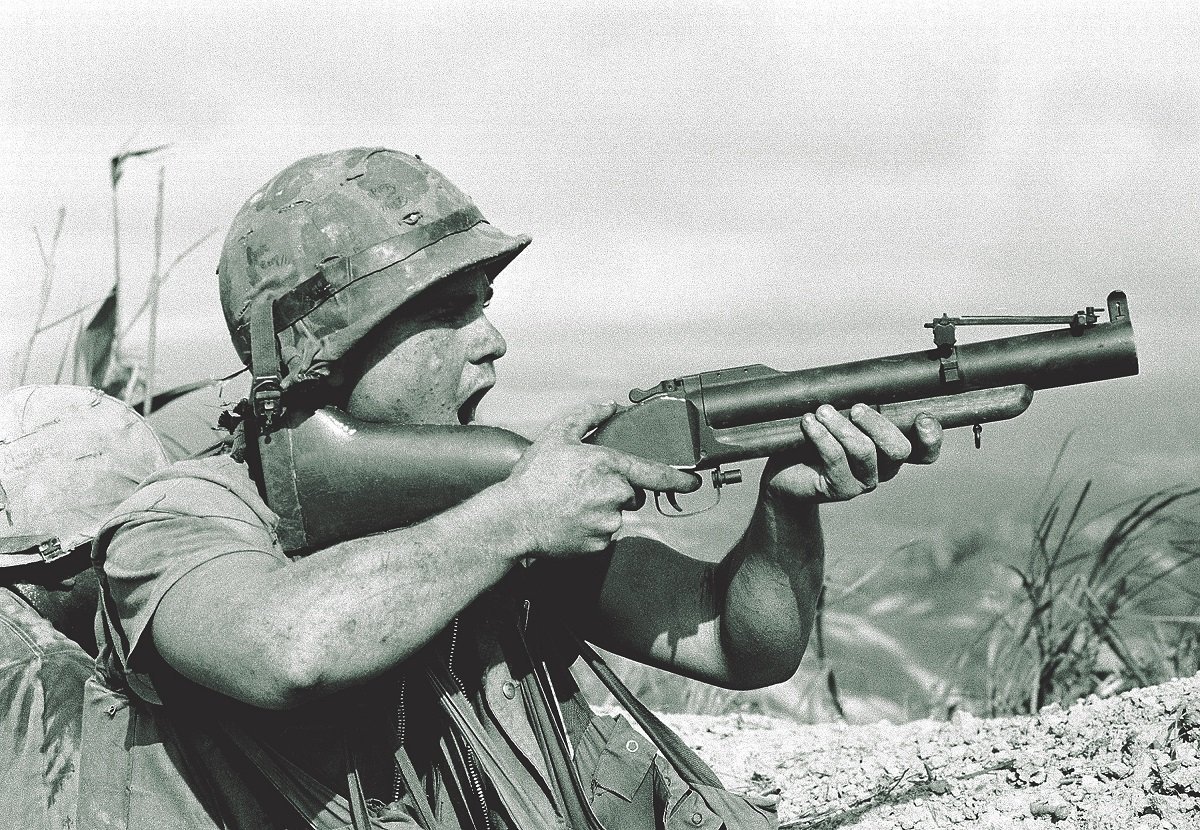
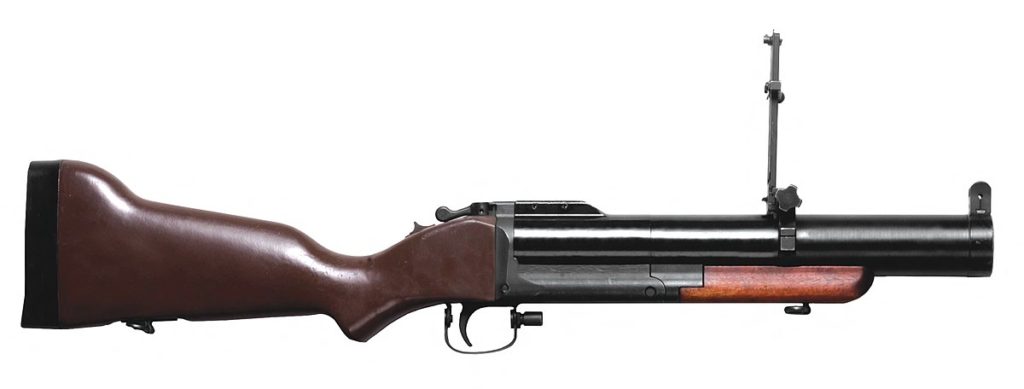
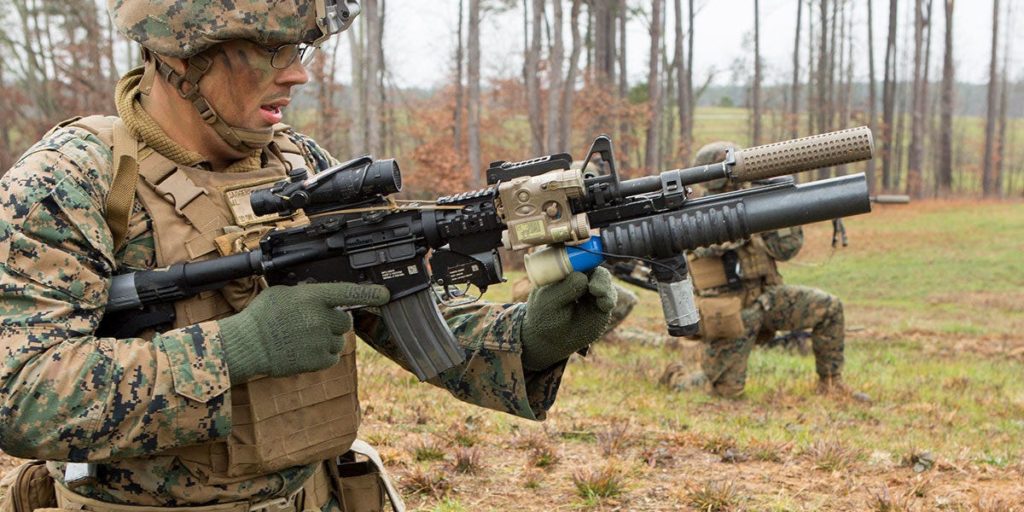
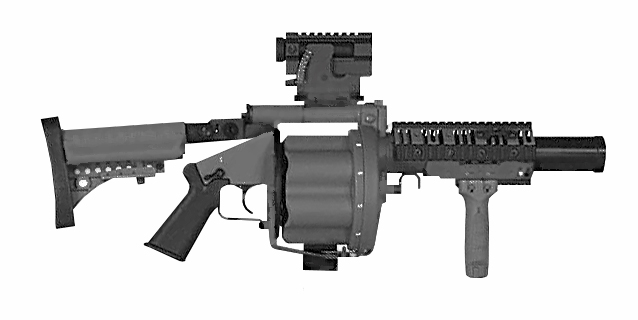

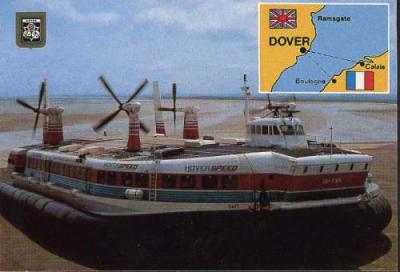 D’abord développé pour le civil, les aéroglisseurs ont pour mission d’établir des liaisons rapides entre des côtes peu éloignées, ou de pouvoir se déplacer rapidement sur des terrains marécageux ou glacés. Ils sont pourtant mis en retrait à partir des années 70 en raison de la multiplication des liaisons aériennes, et de l’augmentation du cout du carburant dont ils sont très consommateurs.
D’abord développé pour le civil, les aéroglisseurs ont pour mission d’établir des liaisons rapides entre des côtes peu éloignées, ou de pouvoir se déplacer rapidement sur des terrains marécageux ou glacés. Ils sont pourtant mis en retrait à partir des années 70 en raison de la multiplication des liaisons aériennes, et de l’augmentation du cout du carburant dont ils sont très consommateurs.